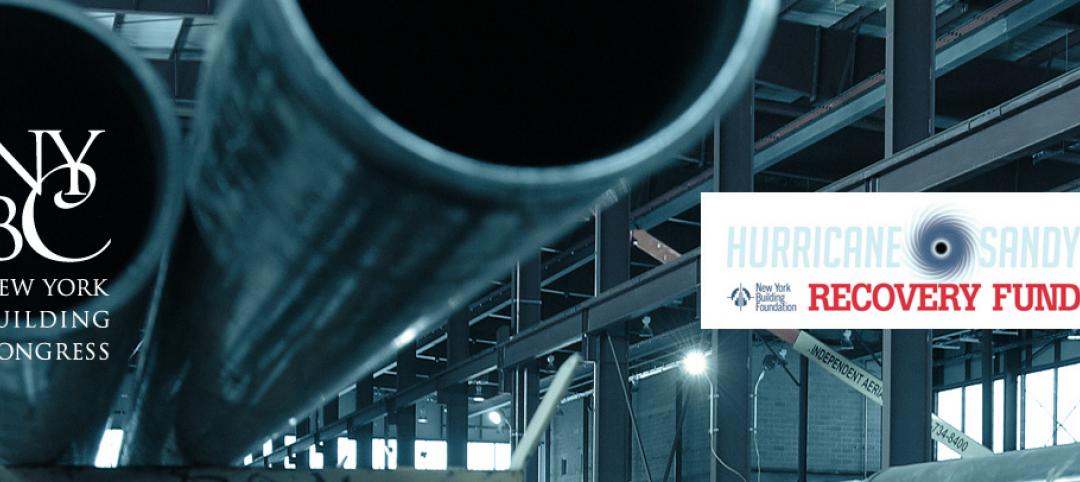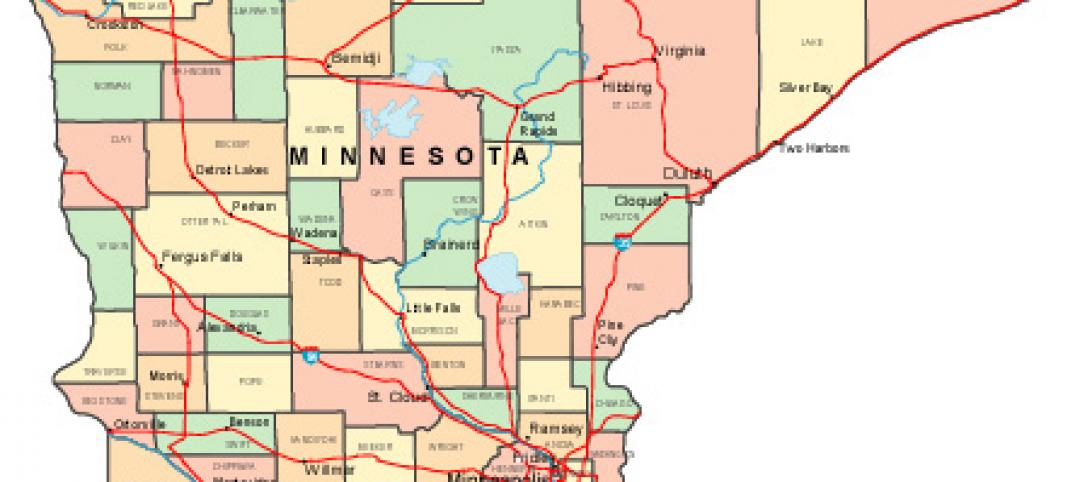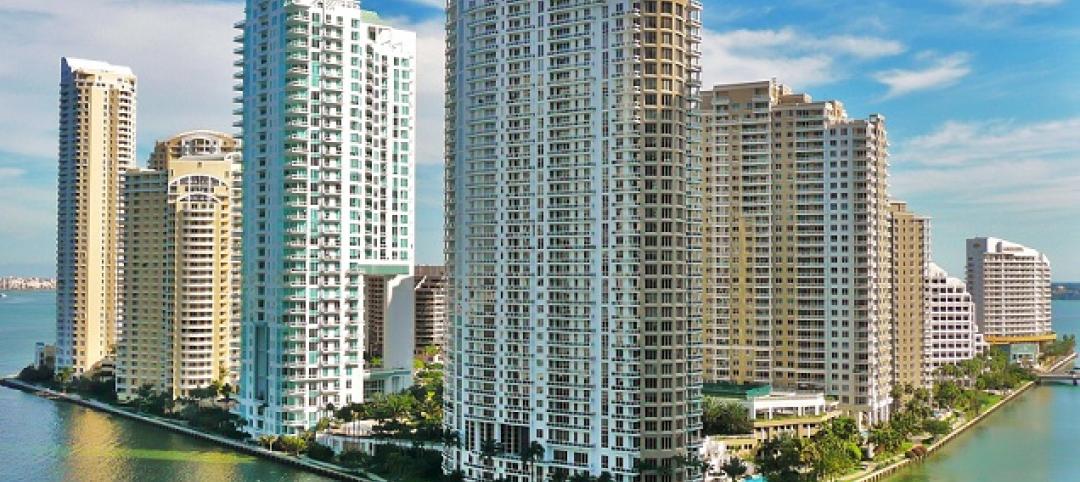The Sacramento Municipal Utility District (SMUD) recently adopted a climate emergency declaration.
The declaration includes a commitment to working toward an ambitious goal of delivering carbon-neutral electricity by 2030. “The declaration recognizes the immediate risks to our community and demands bold action to achieve results,” according to a SMUD news release.
“This resolution commits SMUD to finding reductions in the quickest way possible and investing in our most vulnerable communities,” said SMUD Board President Rob Kerth. In 2018, SMUD successfully reduced greenhouse gas emissions by 50% from 1990 levels, according to the release.
SMUD’s most recent Integrated Resources Plan focuses on local renewables and includes a $7 billion investment to achieve the following goals:
Nearly 2,900 megawatts (MW) of new carbon-free resources including:
· 670 MW of wind
· 1,500 MW of utility-scale solar, of which, nearly 300 MW will be built in the next three years
· 180 MW of geothermal
· 560 MW of utility-scale energy storage
An aggressive strategy to expand demand-side resources including:
· Nearly 600 MW of installed rooftop solar
· The equivalent of 900,000 local electric vehicles and 400,000 all-electric homes
· Nearly 200 MW of demand response programs
· Over 200 MW of customer-installed batteries
Related Stories
| Nov 29, 2012
New York contractors say they will pay tax despite a court ruling that the tax is unconstitutional
The New York Building Congress says it will voluntarily pay a tax declared unconstitutional by the courts because, it says, the money is vital to maintaining the city’s transportation infrastructure.
| Nov 29, 2012
Storms like Sandy highlight the need for stricter codes, says insurance expert
Experts on insurance, weather, and catastrophe modeling say the role of climate change in Hurricane Sandy and future storms is unclear.
| Nov 29, 2012
Quake simulation to test concrete building's strength in California
Researchers aim to gauge how buildings constructed with reinforced concrete withstand an earthquake by conducting a simulation test at a two-story building built in the 1920s in El Centro, Calif.
| Nov 29, 2012
AGC offers stormwater compliance webinar
An effective document management system is necessary to stay in compliance with new and forthcoming stormwater runoff requirements, says the Associated General Contractors of America.
| Nov 29, 2012
Government policies help accelerate adoption of green building
Green procurement policies or green building mandates can help accelerate the adoption of green building practices, according to research by Timothy Simcoe and Michael Toffel.
| Nov 26, 2012
Minnesota law to spur development, job creation produced few jobs
Legislation that allowed local governments to direct excess property tax dollars from tax-increment financing districts into other private developments was supposed to kick-start construction hiring in Minnesota.
| Nov 26, 2012
How to boost resilient systems that are sustainable
Cities of the future can be both more resilient and more sustainable by promoting strategies that include solar power and green roofs, programs that minimize demand for energy, rain gardens, and permeable pavement.
| Nov 26, 2012
Developer of nation’s first LEED platinum skyscraper focuses on carbon reduction
The Durst Organization, the developer of the first LEED platinum certified skyscraper in the country, says it will not seek LEED certification for its residential pyramid planned for New York’s West 57th Street.
| Nov 26, 2012
Questions linger over ability of Miami's newer high-rises to withstand hurricanes
Some towers in Miami, rebuilt after a hurricane in 2005, were allowed to be constructed under older building codes instead of newer ones created after Hurricane Wilma.















